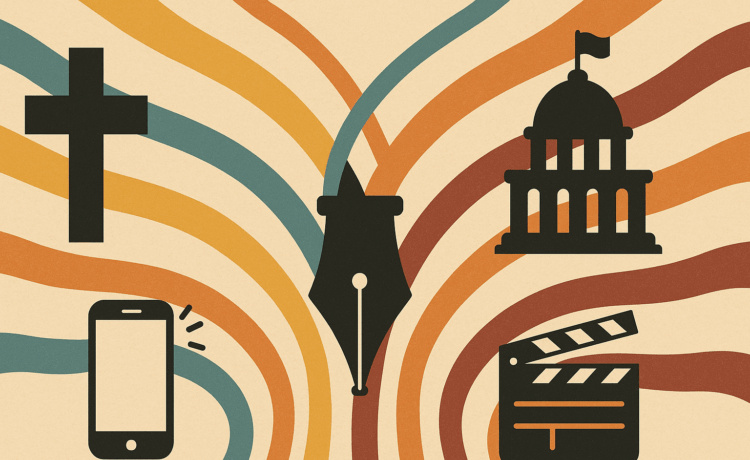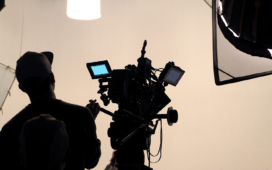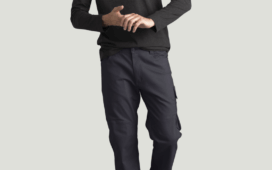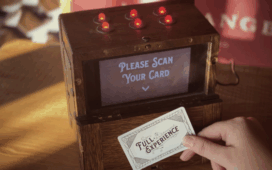In an era defined by fragmentation—where headlines demand our attention for mere seconds, algorithms curate our tastes, and screens mediate every human connection—there remains a force unbound by time and trend: poetry. Yet poetry alone is not enough. When it joins hands with faith, politics, technology, and entertainment, it becomes a lens through which we can understand ourselves and our world more fully. This exploration weaves together five pillars of modern life, showing how each enriches and challenges the others, and why their convergence matters more now than ever.
1. Poetry: The Breath Beneath the Noise
Poetry, at its heart, is an act of presence. Stripped of filler and framed by silence, each word in a poem is a testament to authenticity. In sonnet or free verse, it demands that we slow down, listen, and feel. Unlike the clipped sentences of social media or the sensationalism of 24-hour news cycles, poetry offers space: space for grief that won’t resolve neatly, space for joy that won’t be commodified, space for doubt that won’t be silenced.
Consider a few lines that linger long after reading:
“In the quiet between two heartbeats,
I hear the echo of unsung names.”
Here, rhythm gives way to reverence, and meaning unfolds in the gaps. Poetry’s power lies in its ability to fracture certainty, inviting ambiguity as a necessary companion. It reminds us that truth is rarely delivered in bullet points; it is whispered between breaths.
2. Entertainment: The Mirror That Questions
Entertainment—film, music, television, video games—is often dismissed as escapism. Yet behind every blockbuster or chart-topping hit lies a reflection of collective hopes, fears, and blind spots. When poetry intertwines with entertainment, criticism deepens. A movie review can read like a meditation on belonging; a pop song’s lyrics can be unpacked as modern prophecy.
Subverting the Screen
- Film as Psalm: Imagine a short film narrated in verse, where each scene unfolds like a stanza. The poetic structure heightens emotional stakes, turning visual spectacle into sacred ritual.
- Music as Manifesto: When rappers quote their own poems in a bridge, or when indie artists sample spoken-word pieces, music becomes a battleground for ideas—unfiltered confession over a beat.
This synergy turns passive consumption into active engagement. We no longer ask, “Did I enjoy this?” but rather, “What does this reveal about us?”
3. Faith: The Question That Remains
Faith in the twenty-first century is rarely categorical. For many, belief is a daily negotiation between gratitude and doubt, ritual and rebellion. Poems of faith refuse easy consolations; they confront the moments when prayer feels like shouting into empty space.
“I raised my hands in a silence
louder than any hymn.”
In these lines, faith becomes a lived paradox—both shelter and storm. Poetry gives voice to spiritual dissonance, allowing us to hold reverence and anger in the same breath. It asks:
- Can we pray in contradiction?
- What does it mean to doubt as an act of devotion?
- How do we find grace in uncertainty?
By embracing doubt as its own kind of prayer, poetry transforms faith into a radical act of honesty.
4. Politics: Poetry with Teeth
“Silence is complicity.” Those five words alone could serve as a political poem. When poetry takes on politics, it sheds ornamentation and sharpens its blade. Lines become protest signs; stanzas become calls to arms. But this is not poetry of sloganeering—it is poetry of testimony.
Voices from the Margins
- Racism and Resistance: Poems that trace the scars of systemic injustice are more than elegies—they are blueprints for empathy and solidarity.
- Policy as Poem: Consider a policy paper structured like a villanelle, its refrains hammering home the human cost behind statistics.
In this convergence, politics gains depth, and poetry gains urgency. Each reinforces the other, ensuring that neither art nor activism remains performative.
5. Technology: The Double-Edged Code
We live in an age of unprecedented connectivity—and isolation. Technology shapes how we read, write, and share our most intimate thoughts. AI can generate a sonnet in seconds, but can it capture the tremor in a human voice? Social media can amplify a poem to millions, but can it foster the patience needed to truly hear it?
Navigating Digital Dilemmas
- Algorithms vs. Art: When platforms prioritize engagement over nuance, poetry risks becoming thumbnail-sized. Yet poets are experimenting with bots that respond to human poems, creating interactive landscapes of verse.
- Surveillance and Solitude: Poems written in digital diaries confront the paradox of being watched while feeling unseen. They ask: What is privacy in a world where every keystroke is recorded?
Technology propels poetry into new frontiers—augmented-reality installations of verse, blockchain for intellectual property—and simultaneously reminds us that human presence cannot be coded.
6. Weaving the Threads
At first glance, these domains—poetry, entertainment, faith, politics, technology—may seem distinct. But they are knots in the same tapestry. A film scored with spoken-word interludes blends entertainment and poetry. A prayer tweeted in verse fuses faith and technology. A policy brief written in free-verse merges politics and poetry. Together, they form a living ecosystem of expression.
A Case in Point
Imagine a multimedia project launched online:
- A central poem about displacement, released as both text and audio.
- A short documentary featuring interviews woven into lyrical narration.
- An interactive map where readers can drop pins with their own micro-poems, coded via a simple app.
- A live virtual salon where faith leaders, activists, and artists debate the themes the poem raises.
- A curated playlist responding to each stanza, blending genres to reflect cultural hybridity.
This isn’t speculative fiction—it’s the kind of cross-disciplinary collaboration happening today, and it shows how our most pressing questions demand more than siloed approaches.
Conclusion: An Invitation to Presence
In a world clamoring for clicks, conversions, and “content,” the convergence of poetry, entertainment, faith, politics, and technology offers a different rhythm—a rhythm grounded in presence, curiosity, and courage. It invites us to:
- Read with slow attention.
- Watch with critical empathy.
- Believe with honest doubt.
- Act with lyrical conviction.
- Innovate with human first.
Each domain alone has its power; together, they form a prism that refracts our collective experience into richer hues. This is more than theory—it is a call to practice: to write, to speak, to create, and to connect across disciplines. Because the future we need is one woven from all our voices, all our doubts, all our hopes—and above all, all our words.







